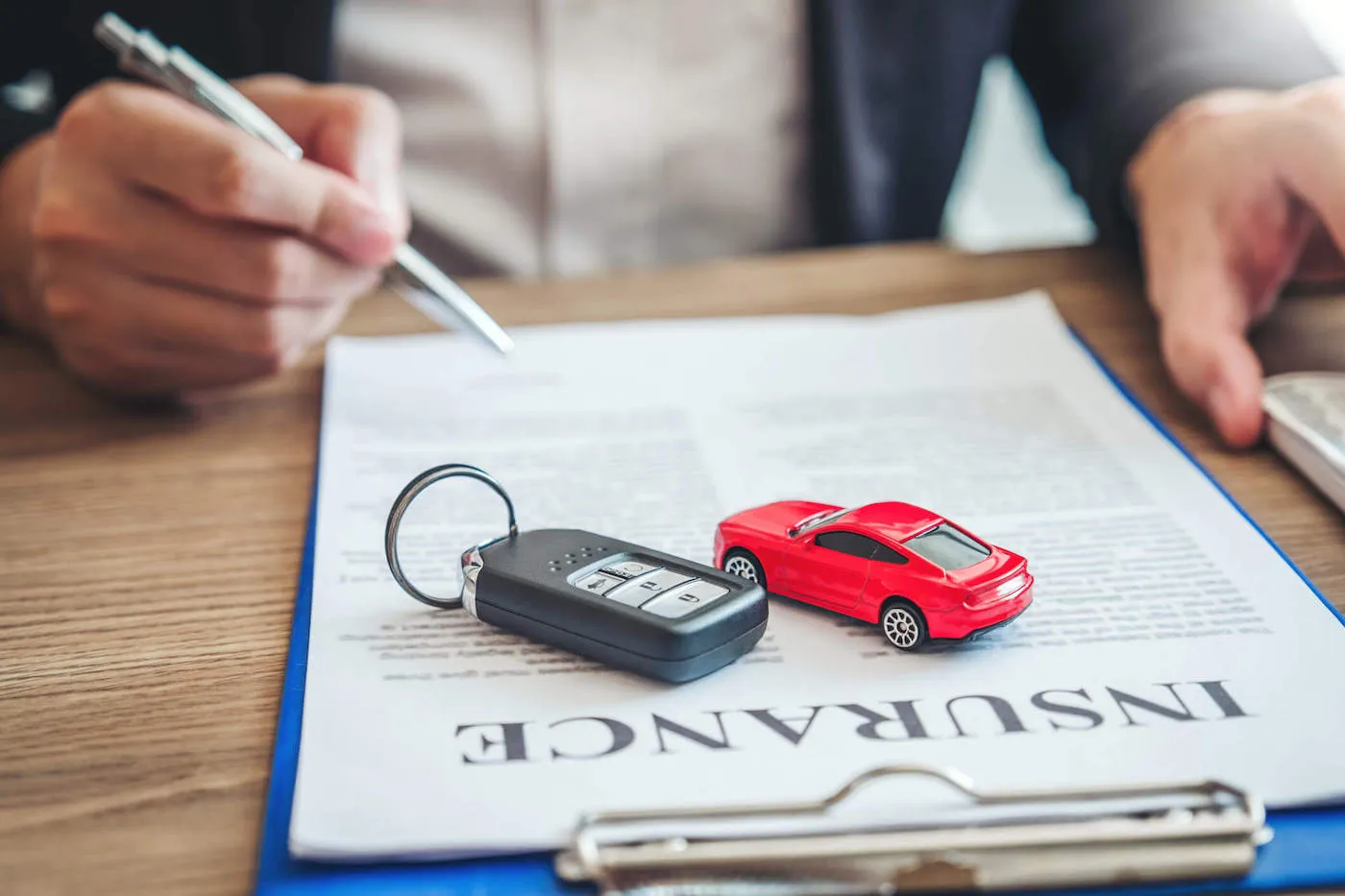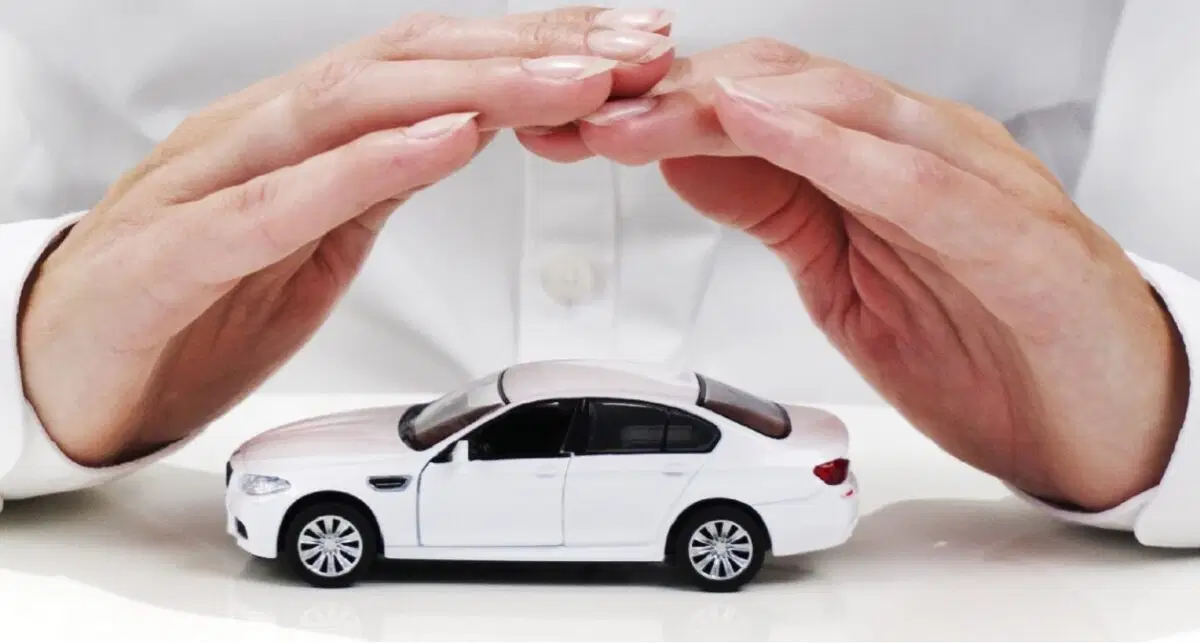Being involved in a car accident can be a stressful and overwhelming experience. Knowing what steps to take immediately afterward can help ensure your safety, protect your legal rights, and streamline the insurance process. Follow this step-by-step guide to handle the situation calmly and effectively.

Step 1: Stay Calm and Check for Injuries
First, take a deep breath and stay calm. Check yourself and your passengers for injuries. If anyone is seriously hurt, call 911 immediately for medical assistance. Do not attempt to move an injured person unless there’s an immediate danger (e.g., fire).
Step 2: Move to a Safe Location (If Possible)
If the accident is minor and the vehicles are drivable, move them to the side of the road to avoid blocking traffic and reduce the risk of further collisions. Turn on your hazard lights and set up warning triangles or flares if available.
Step 3: Call the Police
Even in minor accidents, it’s important to file a police report. The report can be crucial for insurance claims and legal purposes. When the police arrive, provide an accurate account of what happened but avoid admitting fault.
Step 4: Exchange Information with the Other Driver
Collect the following details from the other driver(s) involved:
-
Full name and contact information
-
Driver’s license number
-
Insurance company and policy number
-
Vehicle make, model, and license plate number
Also, gather contact information from any witnesses.
Step 5: Document the Accident Scene
Take photos and videos of:
-
Vehicle damage from multiple angles
-
The surrounding area (traffic signs, road conditions, skid marks)
-
Injuries (if any)
-
License plates and insurance documents
These records can serve as evidence for insurance claims or legal proceedings.
Step 6: Seek Medical Attention (Even If You Feel Fine)
Some injuries, like whiplash or internal trauma, may not be immediately apparent. Visit a doctor as soon as possible to rule out hidden injuries. Medical records will also support any future insurance or legal claims.
Step 7: Notify Your Insurance Company
Report the accident to your insurer promptly, even if you weren’t at fault. Provide all necessary details and documentation. Be honest but avoid speculating about fault.
Step 8: Keep Records of All Expenses
Save receipts for medical bills, car repairs, rental cars, and any other accident-related expenses. These will be important for reimbursement claims.
Step 9: Consult a Lawyer (If Necessary)
If the accident resulted in significant injuries, disputes over fault, or an uncooperative insurance company, consider consulting a personal injury or car accident attorney. They can help protect your rights and negotiate fair compensation.
Step 10: Follow Up on Repairs and Claims
Stay in touch with your insurance company and repair shop to ensure your vehicle is properly fixed. Keep track of claim statuses and deadlines.
Final Thoughts
Car accidents can be chaotic, but following these steps will help you stay organized and safeguard your well-being and legal interests. Prioritize safety, document everything, and seek professional assistance when needed.
By staying prepared, you can handle the aftermath of an accident with confidence. Drive safely!



